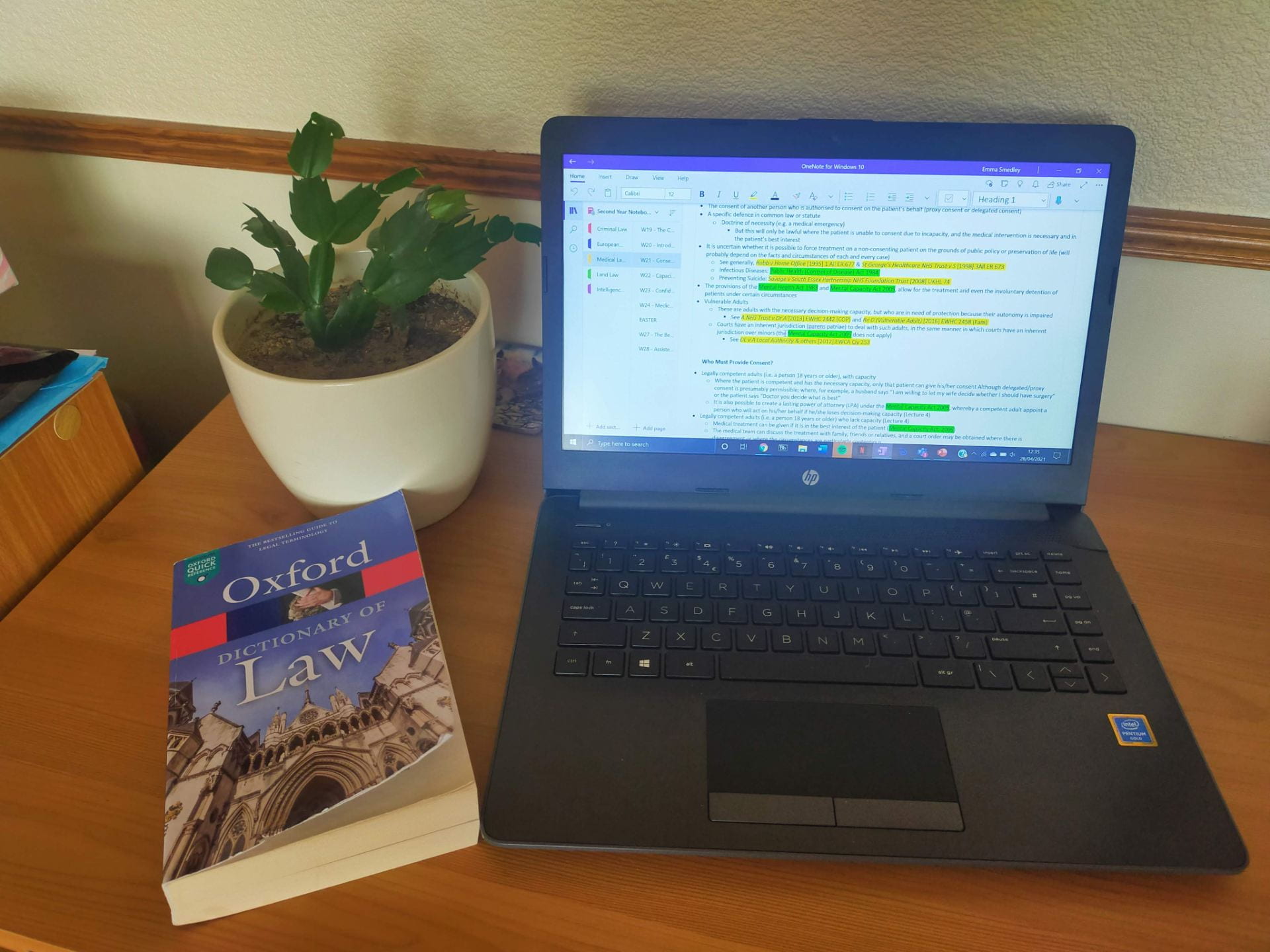Hey! I'm Emma, I'm from Sheffield and I am in my third year studying law here at UoL! I am a huge fan of all animals, a good movie marathon, and cooking all my favourite food. I'm also super lucky…

The Pomodoro Technique is a time management method of studying, developed by Francesco Cirillo in the late 1980s.
The technique uses a timer to break down work into intervals. These intervals are traditionally 25 minutes in length and separated by short breaks – each interval is known as a Pomodoro.
The word Pomodoro comes from the Italian word for ‘tomato’ – the technique gained its name from the tomato-shaped kitchen timer which Francesco Cirillo used as a university student.
There are six steps in the original technique:
- Decide on the task to be done
- Set the Pomodoro timer (traditionally to 25 minutes)
- Work on the task
- Stop working when the timer rings and put a checkmark on a piece of paper
- If you have fewer than four checkmarks, take a short break (3-5 minutes) and then return to step 2; if you have four, then continue to step 6.
- After four Pomodoro intervals, take a longer break (15-30 minutes); reset your checkmark count to zero, then go back to step 1.
So, a Pomodoro is the interval of time spent working, and a short (3-5 minute) rest separates the consecutive Pomodoro intervals – four Pomodoro intervals for a set – a longer (15-30 minute) rest is taken between sets – remember to mark off each Pomodoro after you’ve completed it.
During your short break you could:
- Make a cup of tea/coffee
- Grab a snack
- Chat to your housemates
- Meditate
- Phone a friend (in your longer break)
- Do some exercise (in your longer break)
- Try some of the techniques mentioned in my last article to reduce stress (link below)
“If you finish a task while the Pomodoro is still ticking, the following rule applies: If a Pomodoro begins, it has to ring. It’s a good idea to take advantage of the opportunity for overlearning, using the remaining portion of the Pomodoro to review or repeat what you’ve done, make small improvements, and note what you’ve learned until the Pomodoro rings.”
Cirillo, Francesco. The Pomodoro Technique: The Acclaimed Time-Management System That Has Transformed How We Work, p. 35.
Here, Cirillo suggests using any remaining time to edit, review and reflect on the work which you’ve just completed. Along with the stages of planning, tracking, recording, processing and visualising, this is an important part of the technique.
The technique allows a sense of accomplishment when a Pomodoro is completed – this will lead to a sense of self-observation and improvement in the long term. Four Pomodoro sessions will represent a productive morning – it’s amazing how much you can get done in short bursts of focused time.
The technique is designed to use a low-tech approach, by using a mechanical timer, paper, and pencil – however, this can obviously be adapted to suit your study needs.
The idea is that the physical act of winding the timer shows your determination to start the task – the ticking represents the desire to complete the task – the ringing announces a break at the end of the task.
Focus and flow, which are key factors of this technique, begin to become associated with these physical stimuli.
This technique can be adapted to suit the style of Pomodoro interval which suits you – let us know if you use the technique and if it works out for you!
- Topics
- De-stress
- Study
- Study skills
- Study tips






